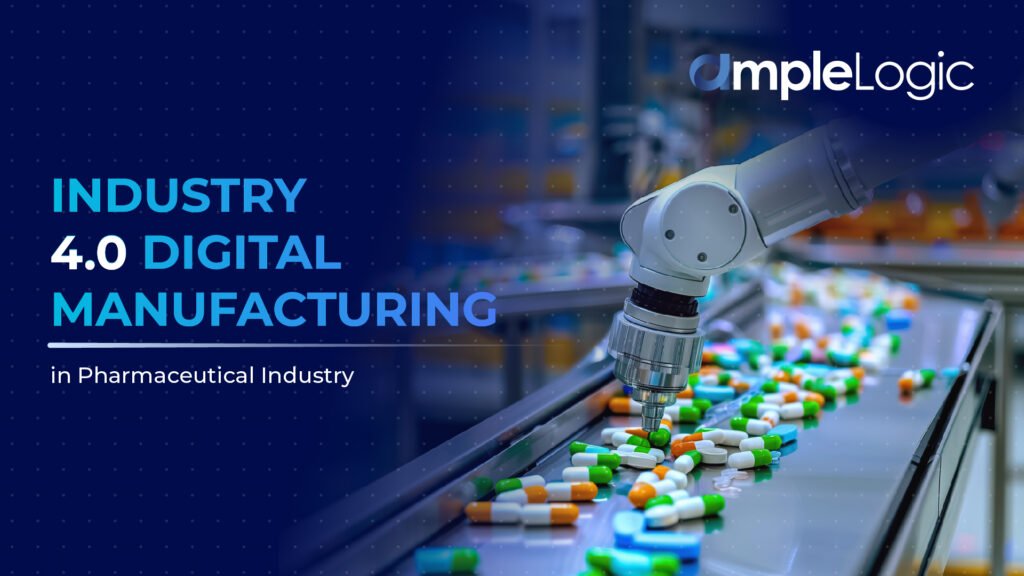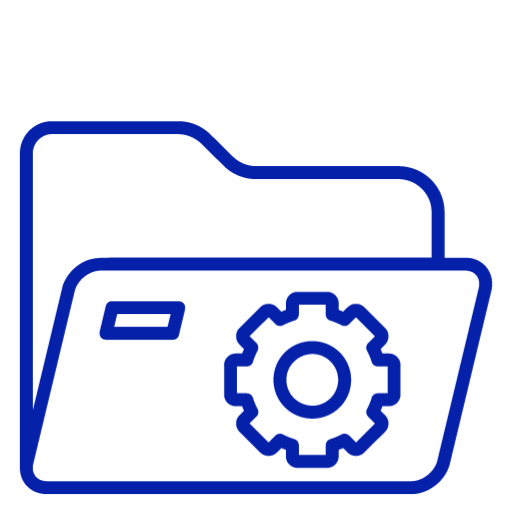Enhancing Pharmaceutical Quality Assurance Through Document Comparison in Annual Product Quality Review (APQR)

In pharmaceutical industry, maintaining product quality is paramount to ensure patient safety and regulatory compliance. The Annual Product Quality Review (APQR) is a comprehensive evaluation process conducted by pharmaceutical companies to assess the consistency of their products’ quality attributes and their compliance with regulatory standards. At the heart of the APQR process lies document comparison, a meticulous examination of various reports and records to identify trends, detect deviations, and ensure adherence to established quality standards. This article explores the significance of document comparison in APQR and how it contributes to enhancing pharmaceutical quality assurance.
Importance of Document Comparison in APQR
Identifying Discrepancies and Variances
Document comparison within APQR involves scrutinizing a myriad of reports, including batch records, stability data, analytical reports, and regulatory submissions. The primary objective is to identify any discrepancies or variations between different sets of documents. These differences may arise due to changes in manufacturing processes, raw material sourcing, equipment calibration, or environmental conditions. By meticulously comparing documents, discrepancies can be promptly identified and investigated to determine their impact on product quality and regulatory compliance.
Trend Analysis and Continuous Improvement
A critical aspect of document comparison in APQR is trend analysis, which involves evaluating product quality parameters over time. By comparing current data with historical records from previous APQR cycles, manufacturers can assess the consistency of product quality and detect any emerging trends or patterns. This proactive approach enables pharmaceutical companies to implement corrective actions and continuous improvement initiatives to enhance product quality and manufacturing processes.
Ensuring Regulatory Compliance
Regulatory compliance is a cornerstone of pharmaceutical quality assurance. Document comparison ensures that products meet the stringent regulatory requirements specified by authorities such as the U.S. Food and Drug Administration (FDA), the European Medicines Agency (EMA), and other regulatory bodies worldwide. By comparing documents against regulatory guidelines and submission requirements, manufacturers can verify compliance and address any gaps or non-conformities, thereby mitigating the risk of regulatory sanctions and product recalls.
Risk Assessment and Management
Document comparison facilitates risk assessment by identifying critical quality attributes (CQAs) and key performance indicators (KPIs) that may impact product quality, safety, and efficacy. Discrepancies or deviations observed during document comparison are evaluated based on their potential risk to patient health and regulatory compliance. This risk-based approach helps prioritize corrective and preventive actions to mitigate identified risks effectively, thereby minimizing the likelihood of adverse events and ensuring product safety.
Data Integrity and Traceability
Maintaining data integrity and traceability is essential in document comparison within APQR. Pharmaceutical companies must ensure that their records are accurate, reliable, and complete throughout the product lifecycle. Document comparison verifies the integrity of data generated during manufacturing, testing, and quality control processes. It also ensures traceability by cross-referencing information across different documents to establish a coherent audit trail, thereby enhancing transparency and accountability in pharmaceutical operations.
Automation and Technology
The advancement of technology has revolutionized document comparison in APQR. Automated software solutions offer robust capabilities for comparing large volumes of documents quickly and accurately. These tools utilize sophisticated algorithms to detect differences, highlight discrepancies, and generate comprehensive reports, significantly reducing manual effort and improving efficiency. Integration with other quality management systems further streamlines the APQR process and enhances data integrity and accessibility, empowering pharmaceutical companies to make informed decisions based on real-time insights.
The Chosen Software Solution Offers Several Key Features
- Advanced algorithms for detecting discrepancies and variations in documents
- User-friendly interface for easy navigation and analysis
- Customizable reporting tools for generating comprehensive APQR reports
- Integration with existing quality management systems for seamless data exchange
- Utilizes machine learning for process pattern recognition and anomaly detection
- Leverages historical data for predictive modelling of future process behaviour
- Supports continuous improvement by providing insights for optimization
- Designed for scalability from small to large-scale operations.
Conclusion
Document comparison in APQR is a critical component of the Annual Product Quality Review process in the pharmaceutical industry. By meticulously comparing various reports and records, manufacturers can ensure product quality, regulatory compliance, and patient safety. Automated software solutions offer advanced capabilities for streamlining document comparison tasks, reducing manual effort, and improving efficiency. By embracing automation and technology, pharmaceutical companies can enhance their APQR processes and strengthen their overall quality assurance practices, ultimately delivering safe and effective medications to patients worldwide.



























